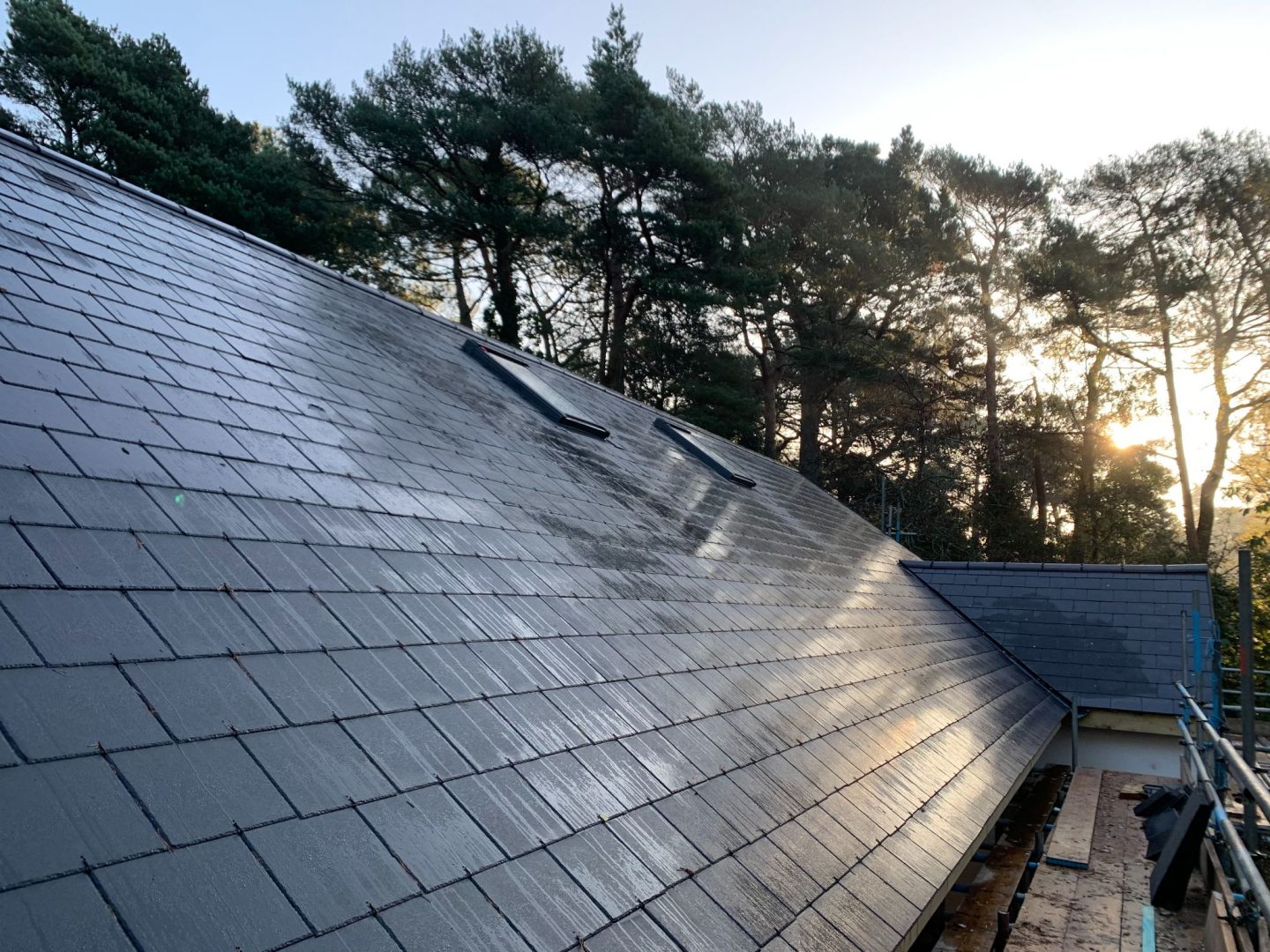
Roof replacements are necessary when damage is too severe to repair. Roof deterioration can be caused by age and regular wear, leading to leaks, sagging or the removal of shingles. The most common materials used for roofing in the UK include tiles, slates, and flat roofs, each of which has its own lifespan. For example, traditional clay or concrete tiles can last for around 50 years or more, while asphalt shingles typically last between 20 and 30 years. Replacement is the best solution when these materials start to break down. This will prevent any further structural and interior damage. Roof replacement is not just about aesthetics; it is crucial for ensuring the safety and protection of your home.
Identifying the right time for roof replacement is crucial to avoid further damage and unnecessary expenses. While minor repairs can prolong the life of a roof, certain signs indicate that it is time to replace the roof entirely. Frequent leaks are a sign to look out for, particularly if the water is starting to enter the house. Even small leaks can lead to extensive water damage, including mold, mildew, and compromised insulation. Other signs include missing or cracked tiles, sagging roof sections, or increased energy bills due to poor insulation. If the roof is over 20 years old and exhibiting these signs, it is likely time for a full replacement. Ignoring these symptoms could lead to more severe problems, including structural instability and extensive interior damage.
The process of Typical roof replacement prices in the UK begins with a thorough inspection by a professional roofing contractor. The contractor will assess the extent of the damage and determine whether a full replacement is necessary or if repairs would suffice. If a replacement is required, the old roofing materials are carefully removed, and the decking beneath the roof is inspected for any damage. The underlying structure might need to be repaired before a new roof can be installed. Once the structure is secure, the new roofing materials are installed. This process can take several days, depending on the size of the roof and the complexity of the job. You should hire an experienced contractor with experience in the type of roofing you have. Different materials and designs will require different methods. To get supplementary information please look at www.roofadvisor.co.uk/how-much-does-a-roof-replacement-cost-in-the-uk/

In the UK, a wide range of roofing materials is available, and selecting the right one depends on factors such as the type of property, budget, and desired longevity. For homes that have a more classic look, traditional materials like clay tiles or natural slates make a great choice. Slate roofs can last over 100 years with proper maintenance. Concrete tiles and asphalt shingles tend to be preferred for modern homes due to affordability and easy installation. Bitumen- or rubberbased materials are often used on flat roofs in extensions or commercial buildings. It is important to discuss with your roofing contractor the material that will be used to create the best roof for you.
While roof replacement can be a significant investment, it is essential to view it as an investment in the long-term safety and value of the home. Roofs that are well constructed protect the house from damage caused by weather, increase energy efficiency and improve curb appeal. Roof replacement costs in the UK vary widely depending on factors such as the size of your property, roofing material and installation complexity. The average cost of a roof replacement is between PS3,000 and PS7,000. While the initial cost may seem high, it's crucial to consider the long-term benefits of replacing an old, damaged roof. Most contractors offer financing, which makes it easy to spread the costs of the project.